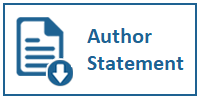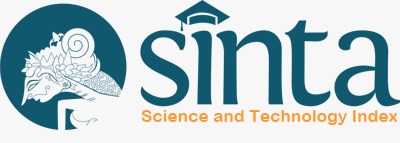A Comparison of Traditional Machine Learning Approaches for Supervised Feedback Classification in Bahasa Indonesia
DOI:
https://doi.org/10.31937/ijnmt.v1i1.1485Abstract
The advancement of machine learning and natural language processing techniques hold essential opportunities to improve the existing software engineering activities, including the requirements engineering activity. Instead of manually reading all submitted user feedback to understand the evolving requirements of their product, developers could use the help of an automatic text classification program to reduce the required effort. Many supervised machine learning approaches have already been used in many fields of text classification and show promising results in terms of performance. This paper aims to implement NLP techniques for the basic text preprocessing, which then are followed by traditional (non-deep learning) machine learning classification algorithms, which are the Logistics Regression, Decision Tree, Multinomial Naí¯ve Bayes, K-Nearest Neighbors, Linear SVC, and Random Forest classifier. Finally, the performance of each algorithm to classify the feedback in our dataset into several categories is evaluated using three F1 Score metrics, the macro-, micro-, and weighted-average F1 Score. Results show that generally, Logistics Regression is the most suitable classifier in most cases, followed by Linear SVC. However, the performance gap is not large, and with different configurations and requirements, other classifiers could perform equally or even better.
Downloads
Downloads
Published
How to Cite
Issue
Section
License
Authors retain copyright and grant the journal right of first publication with the work simultaneously licensed under a Creative Commons Attribution-ShareAlike International License (CC-BY-SA 4.0) that allows others to share the work with an acknowledgement of the work's authorship and initial publication in this journal.
Authors are able to enter into separate, additional contractual arrangements for the non-exclusive distribution of the journal's published version of the work (e.g., post it to an institutional repository or publish it in a book), with an acknowledgement of its initial publication in this journal.
Copyright without Restrictions
The journal allows the author(s) to hold the copyright without restrictions and will retain publishing rights without restrictions.
The submitted papers are assumed to contain no proprietary material unprotected by patent or patent application; responsibility for technical content and for protection of proprietary material rests solely with the author(s) and their organizations and is not the responsibility of the IJNMT or its Editorial Staff. The main (first/corresponding) author is responsible for ensuring that the article has been seen and approved by all the other authors. It is the responsibility of the author to obtain all necessary copyright release permissions for the use of any copyrighted materials in the manuscript prior to the submission.















